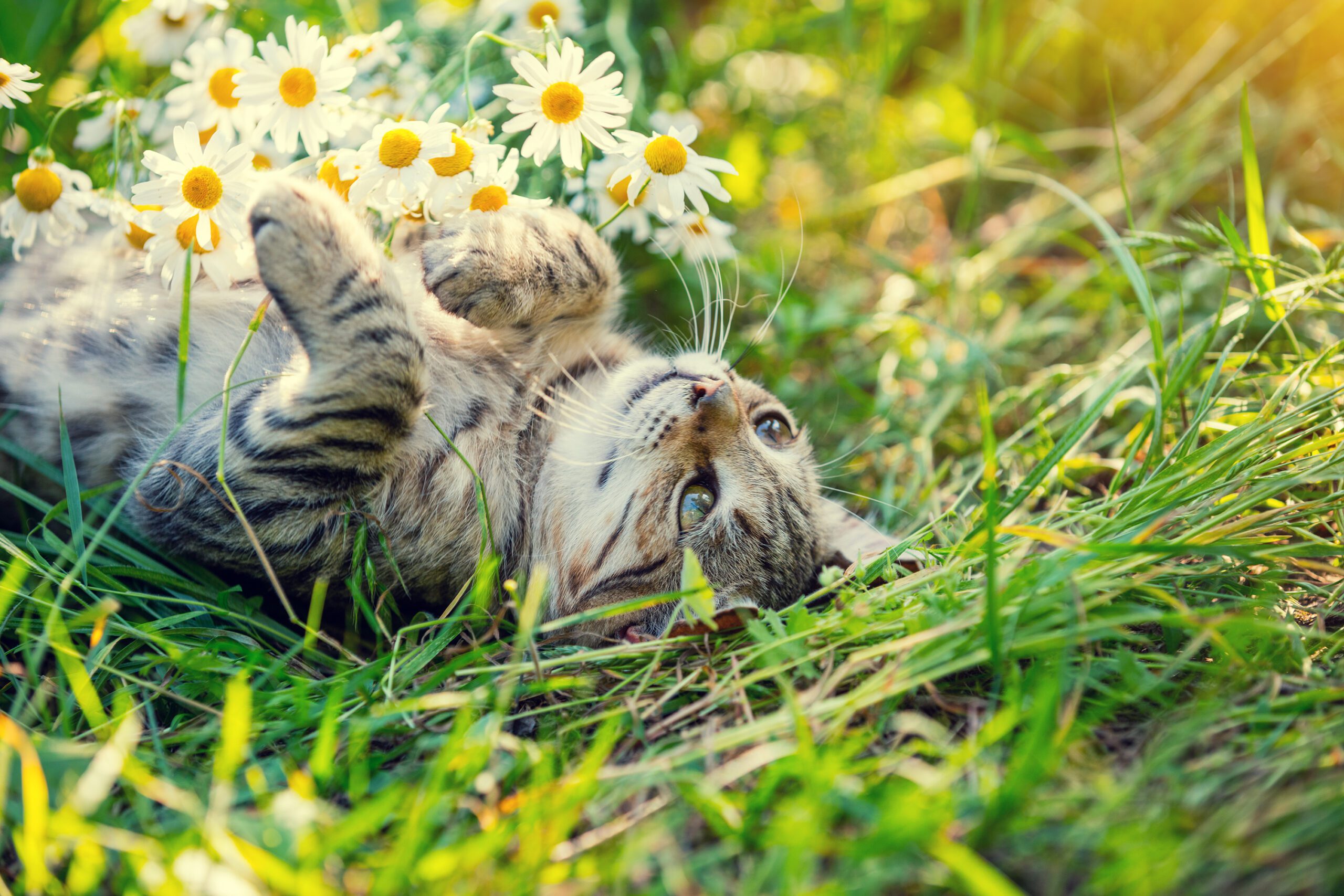Spring allergies can affect cats just like they affect humans. With the arrival of the spring season, cats can suffer from allergies due to various environmental factors such as pollen, dust, mold, and grass. Spring allergies can cause discomfort and irritation in cats, and if left untreated, they can lead to serious health complications.
Symptoms of Spring Allergies in Cats
The symptoms of spring allergies in cats can vary, but some common signs to look out for include:
- Sneezing: Just like humans, cats may sneeze more frequently when they are exposed to allergens.
- Itching and scratching: Cats with spring allergies often experience intense itching and scratching, especially around their face, ears, and paws. This can cause skin irritation, redness, and hair loss.
- Watery eyes: Cats may experience watery or runny eyes due to spring allergies.
- Coughing and wheezing: Cats with allergies may also experience coughing or wheezing, which can be a sign of respiratory distress.
- Lethargy and decreased appetite: In some cases, cats with spring allergies may seem less active or have a decreased appetite due to their discomfort.
Managing Spring Allergies in Cats
If you suspect that your cat is suffering from spring allergies, it is important to take them to your primary veterinarian for a proper diagnosis. The vet may recommend various treatment options depending on the severity of your cat’s allergies.
- Medications: The veterinarian may prescribe antihistamines, steroids, or other medications to help alleviate your cat’s symptoms. It is important to follow the vet’s instructions when giving your cat any medication.
- Allergy shots: In some cases, allergy shots may be recommended to help desensitize your cat’s immune system to specific allergens.
- Environmental changes: You can help manage your cat’s allergies by making some simple changes to their environment. For example, keep windows closed during high pollen counts, regularly clean their litter box, and use an air purifier to reduce allergens in the air.
- Bathing: Regular bathing can also help reduce the amount of allergens on your cat’s skin and fur.
Preventing Spring Allergies in Cats
While it may not be possible to completely prevent spring allergies in cats, there are some steps you can take to minimize their exposure to allergens.
- Keep them indoors: During peak allergy season, it is best to keep your cat indoors as much as possible.
- Regular grooming: Regular grooming can help reduce the amount of pollen and other allergens on your cat’s fur. Brush your cat daily to remove loose hair and dander.
- Clean your home: Regularly clean your home, including carpets, furniture, and bedding, to reduce the amount of allergens in your cat’s environment.
- Use natural remedies: Some natural remedies, such as fish oil or omega-3 supplements, may help reduce inflammation and itching in cats with allergies.
Conclusion
Spring allergies can be uncomfortable for cats, but with proper treatment and management, they can lead happy and healthy lives. If you suspect that your cat is suffering from spring allergies, it is important to take them to the veterinarian for a proper diagnosis and treatment plan. By taking steps to minimize their exposure to allergens and making environmental changes, you can help reduce your cat’s discomfort and prevent serious health complications.

